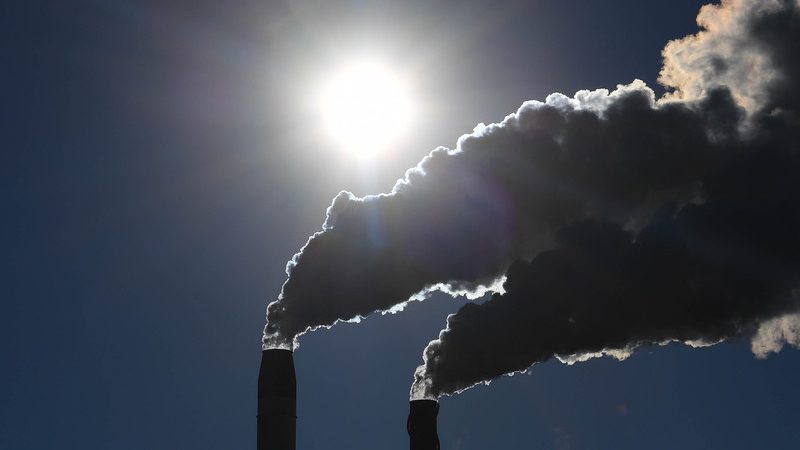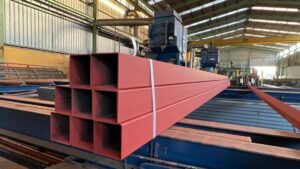The conversion of ArcelorMittal’s German integrated mills in Bremen and Eisenhüttenstadt to make direct reduced iron will result in steel production costs that are around 60% higher than they are today.
The company is therefore pleading “for the necessary [political] support and access to funding, to make the implementation of our plans happen,” Kallanish reads in a press release.
The group also put a figure to the technology conversion at the plants, which it says requires investments in the range of €1-1.5 billion ($1.17-176 billion). It also specifies that the conversion will involve the construction of electric arc furnaces at both sites, and an innovative DRI pilot plant in Eisenhüttenstadt.
This year, two blast furnaces – one in Bremen and one in Eisenhüttenstadt – will be converted to inject natural gas, reducing the use of coal in the iron ore reduction process (see Kallanish passim).
At a later stage, hydrogen is to be made available as part of the regional North German Clean Hydrogen Coastline network. The sponge iron produced at the Bremen DRI unit will initially supply the steelworks in Bremen and Eisenhüttenstadt, until the regional hydrogen cluster in East Brandenburg can also supply the Eisenhüttenstadt site with sufficient hydrogen.
In the transition phase, the additional hydrogen required in Eisenhüttenstadt will be generated from natural gas with the help of a pyrolysis plant that will be built on the steel plant’s premises.
Christian Koehl Germany






